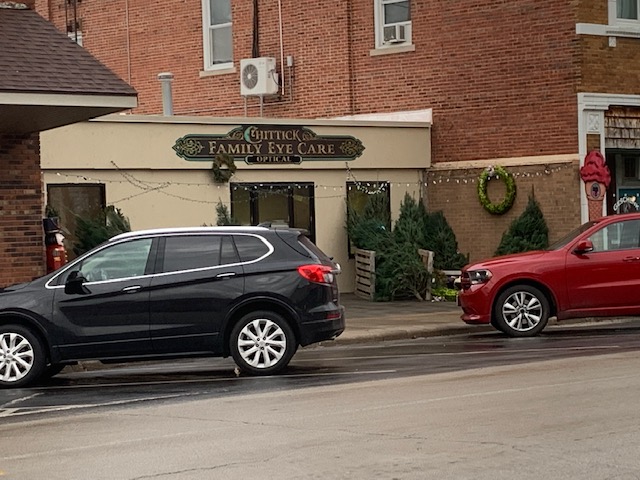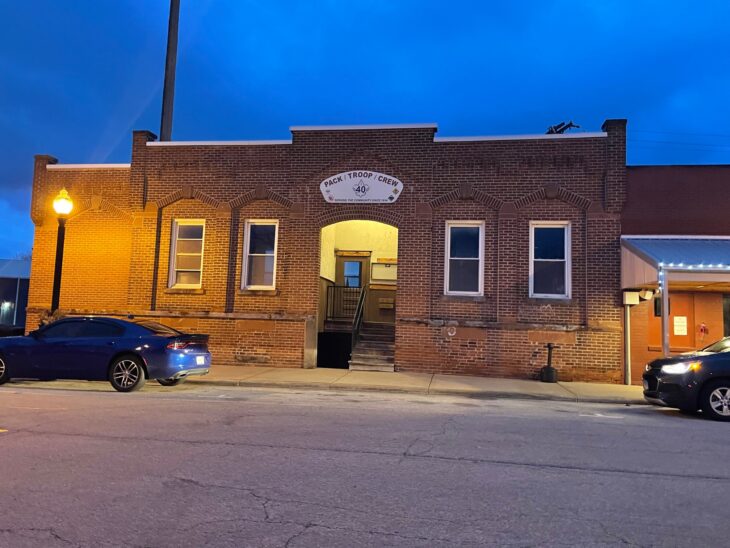St. Joseph residents can expect a sewer rate increase in May.
Mayor Tami Fruhling-Voges said the rate increase is going towards the operations of the sewer plant and the sewer plant expansion project.
When the village did the sewer rate study in 2018, a 15-year plan was approved for a yearly rate increase. The increase was approved to cover the costs of operating expenses, plant capital maintenance, and the sewer expansion project.
Fruhling-Voges said the plan was put into place to make sure the village was responsible for the future of the village.
The current sewer plant is at capacity and needs improvements to be able to run properly without having issues when the village has a lot of rain.
“We are under the watchful eye of the IEPA and if we don’t keep our plant running properly, then we could run the risk of penalties,” Fruhling-Voges said. “Also, with the current plant, there is no room for any potential growth for the village commercially or residentially. Having the yearly rate increase is basically being fiscally responsible for the owning of a sewer plant.”
Village Administrator Joe Hackney stressed that the village is expanding the wastewater treatment plant not only for growth potential but also because of IEPA mandates.
“In addition to this, it is important for residents to remember that prior to the rate study in 2019, the sewer rates were not even sufficiently keeping up with general operating expenses,” Hackney said. “Regardless of going through with the WWTP upgrade or not, the rates would have needed to increase to just keep up with operational expenses. It is unhealthy for a utility to not be self-sustaining on its service charges alone.”
Fruhling-Voges said the village’s only other option would be to sell the plant meaning the village would lose all control of the sewer rates.
Fruhling-Voges said the village had to make larger adjustments during the first six years of the increases due to the fact that the village had been negligent in the past with no rate increases or minimal increases when one was approved in 2012.
“We were falling behind with the increased cost of sewer operations and would continue to do so with only a minimal rate increase,” Fruhling-Voges said. “This was going to happen even without a sewer expansion project. The maintenance of the current plant would continue to cost the village more money overtime for the lack of energy-efficient equipment and repairs.”
Fruhling-Voges said that the minimum rate for two units increased by $ 0.40 from $20.40 to $20.80.
Each unit thereafter went from $10.75 to $12.50. A family that uses four units each month will go from $43.90 to $45.80.
Next year, the minimum rate for two units will increase to $21.20 and the extra units will be $13.20. A family that uses four units each month will see their increase to $47.60.
“The rate increases were staggered in a way to where the percentage increase will lessen over time,” Hackney said. “However, there was such a funding gap the Village made the determination to increase rates higher in the first part of the rate increase cycle, so that the second half of the rate increase cycle will be lower percentages.”
Fruhling-Voges said the village understands that residents are frustrated by the rate increase.
“It has never been an easy decision to raise rates on our residents, but we would not be doing our jobs as elected officials if we did not continue to improve the quality of life for our residents and maintain such a vital part of our infrastructure,” Fruhling-Voges said.
Hackney said he is always willing to meet with residents who have questions. He wants residents to understand that running a healthy utility service means having the utility be self-sufficient and plan for upgrades and improvements.
“The impact of not doing so can be disastrous as many people rely on the utility service for their day-to-day livelihood,” Hackney said. “Had the Village maintained sufficient rate increases in years past, the most recent increases wouldn’t have been so high. Going forward, the Village will remain good stewards of the WWTP and the service charges to ensure that the utility service is healthy for years to come.”





















You must be logged in to post a comment.